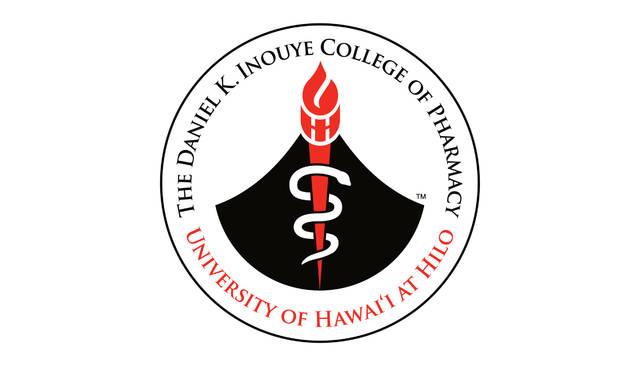A University of Hawaii at Hilo study designed to decrease medicine-related re-hospitalizations of older adults is garnering national attention.
The “Pharm2Pharm” study has been chosen as a featured presentation at next February’s Centers for Medicare and Medicaid Services Quality Conference in Baltimore, Md.
Conference promotional material says it will “explore how patients, advocates, providers, researchers, and the many leaders in health-care quality improvement can develop and spread solutions to some of America’s most pervasive health-system challenges.”
UH-Hilo researchers and their partners will share findings from their study, spreading knowledge gained in Hawaii with the national audience.
The Pharm2Pharm study demonstrated that patients are less likely to get re-hospitalized when specially trained pharmacists provide prescription-management services.
Insurers such as Medicare were estimated to save $6.6 million at the hospitals that participated.
“I think it can be adapted to different patient populations and improved upon,” said Karen Pellegrin, a UH-Hilo health-care innovation researcher, instructor and lead author of an article about the study in the peer-reviewed Journal of the American Geriatrics Society.
Key to the program’s success was making medical data available to pharmacists.
Data-sharing technology allowed them to learn a participating patient’s lab results that showed how effective a drug is. Pharmacists also could see each of a patient’s prescriptions — from all physicians. And they could coach patients after learning which prescriptions were indeed filled.
During the pilot project, pharmacists checked participating patients’ medications for the potential of dangerous drug interactions. They resolved medication problems and addressed social and cultural reasons patients might not take medications as prescribed.
The UH-Hilo Daniel K. Inouye College of Pharmacy received a $14.3 million grant from the CMS Innovation Center in 2012 to pay for the pilot project.
Patients from six acute-care hospitals in Hawaii who signed up for the program from 2013 to 2016 were compared to similar patients from five other Hawaii hospitals at which the program wasn’t used.
Researchers reported the medication-related re-hospitalization rate was 36.5 percent lower in Pharm2Pharm patients than in those who weren’t in the program.
Beyond the financial savings were the savings in terms of less illness, discomfort and worry for patients and their loved ones, Pellegrin said.
The return on investment was $2.60 saved for every $1 invested, after the $1.8 million annual cost to pay the pharmacists.
Pharmacists were paid by the university via grant funding to follow at-risk patients while in the hospital and after being discharged.
Patients were tracked if they accepted an invitation while at Pharm2Pharm hospitals.
Jill Miyamura, vice president and senior research officer at the Hawaii Health Information Corporation, said HHIC’s role was to “provide the technical expertise in linking the pharmacy data with the hospital data” to help pharmacists better understand each patient’s situation. HHIC is a nonprofit that gathers health-related data for use by Hawaii hospitals, state agencies and insurance companies.
“We launched the model without the technology,” Pellegrin said. “We wanted the technology to follow the model instead of the other way around.”
Patients who chose to participate in the pilot program had complex medical conditions and took many medications.
That’s why pharmacist medication-management was useful, Miyamura said, because pharmacists with expertise in complex medication regimens were able to sort out the complexities using technology created specifically to help them.
Pharmacists get job security, patients stay safer, they feel better and money gets saved. Does that mean the hospitals will keep the program going?
Not necessarily. Hospitals actually lose money when fewer patients show up for services. So the cost savings went to insurance providers, such as Medicare, that didn’t have to pay for extra hospitalizations.
Pellegrin said hospitals knew the study would negatively affect their bottom lines but were still eager partners because of the potential for keeping patients healthier.
Insurance companies might possibly fund the Pharm2Pharm program — but not right away, Pellegrin said.
“I can understand health plans saying, ‘This was funded by the Centers for Medicare and Medicaid Services, so we’ll wait until CMS is sure and follow CMS’s lead,’” she said.
If Medicare and Medicaid start funding pharmacists for medication management, insurance companies probably will too, she said.
But in the meantime, the university will continue seeking more research options to refine the Pharm2Pharm model.
“We will always be looking for opportunities,” Pellegrin said.
Email Jeff Hansel at jhansel@hawaiitribune-herald.com.






